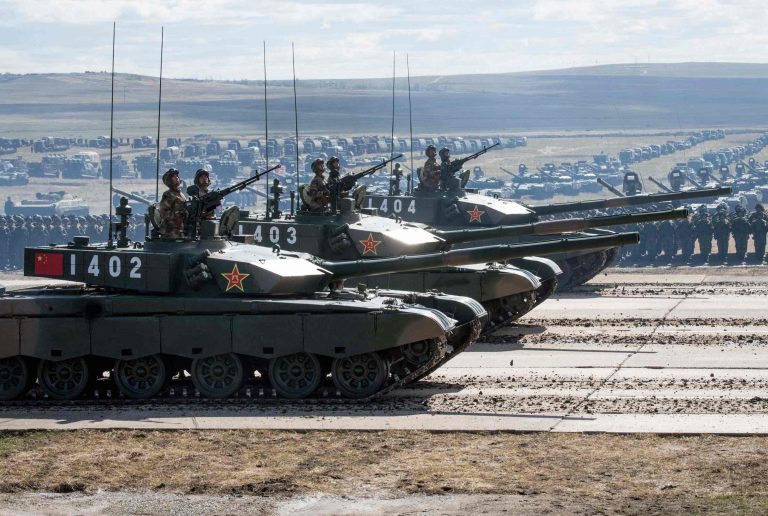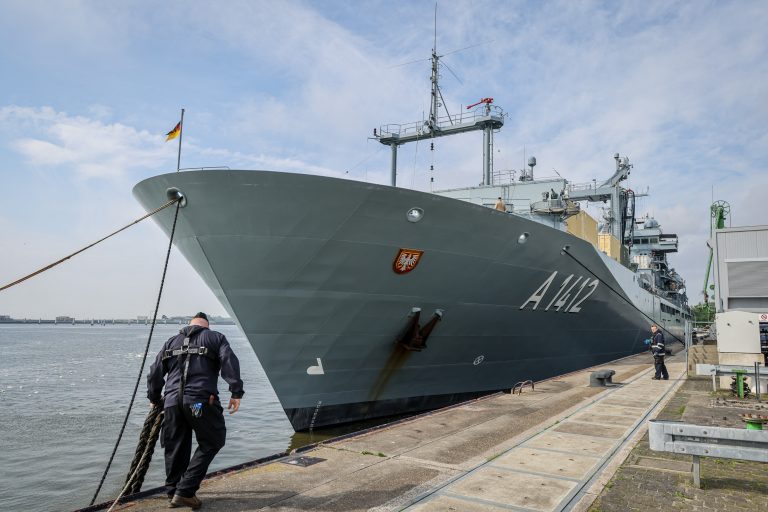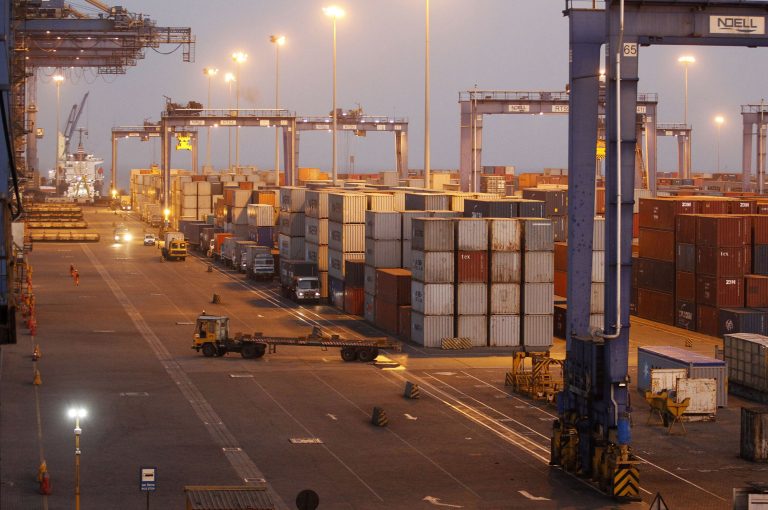On Oct. 22, the People’s Liberation Army (PLA) ramped up its show of force near Taiwan by conducting live-fire drills close to the Pingtan Islands, located in mainland China’s southern province of Fujian. The latest round of military exercises comes on the heels of last week’s larger drills, raising tensions between Beijing and Taipei, and triggering serious concerns from the U.S. and its allies.
The exercises are part of Communist China’s broader strategy to increase military pressure on Taiwan, which Beijing claims as part of its territory, while the self-ruling island continues to assert its sovereignty.
Heightened tensions
China’s live-fire drills have drawn attention from the Taiwan Defense Ministry, which is closely monitoring the situation. The Ministry issued a statement explaining that the exercises are part of a tactic to expand Beijing’s deterrent efforts in the Taiwan Strait. While the drills are officially part of an annual military exercise, their timing and scale suggest they are designed to send a message and exert influence over the region.
“It cannot be ruled out that it is one of the ways to expand the deterrent effect in line with the dynamics in the Taiwan Strait,” the Ministry said in the statement.
The drills come shortly after China conducted a massive military exercise in which the Chinese military simulated the “sealing off of key ports and key areas” in Taiwan. The exercise saw a record 153 aircraft, 14 navy vessels, and 12 Chinese government ships maneuver near Taiwan’s borders. The moves have been described as part of China’s broader strategy to intimidate Taiwan and reinforce its claim that the island is an integral part of the People’s Republic of China (PRC).
Success
You are now signed up for our newsletter
Success
Check your email to complete sign up
RELATED: China Rebukes Germany for Voyage Through the Taiwan Strait
Taiwan’s response
The round of military drills highlights Beijing’s frustration with Taiwan’s refusal to accept its demands for reunification under Communist Party rule. The PRC Defense Ministry made it clear that last week’s military exercises were in direct response to former Taiwan President Tsai Ing-wen’s steadfast rejection of the mainland’s political ultimatum.
Taiwan is officially administered as the Republic of China (ROC), which used to govern all of China until its military defeat on the mainland by the communists in 1949.
Taiwan’s Premier, Cho Jung-tai, has voiced strong opposition to the PLA’s military activities, calling them a threat to regional stability. “Like all democratic countries in the world, we believe that China’s military exercises are a threat to regional peace and stability,” said Cho. He added that regardless of the scale of the exercises, these activities should not frequently encroach upon Taiwan’s territorial space just to “make meaningless declarations.”
RELATED: Record Number of PLA Aircraft Intrude on Taiwan’s ADIZ
Growing regional concerns
Meanwhile, the U.S. — a key supporter of Taiwan — has also expressed concern over the PLA military exercises.
Matthew Miller, spokesperson for the U.S. State Department, said, “The United States is seriously concerned by the People’s Liberation Army joint military drills in the Taiwan Strait and around Taiwan,” said Miller as he called on China to avoid actions that could undermine peace and stability in the region.
Miller’s comments also reflect the broader international worry that China’s aggressive military posture could have far-reaching consequences. The Taiwan Strait is not only a geopolitical flashpoint but also a vital shipping route. With nearly half of the world’s container ships passing through these waters, any military conflict could trigger severe economic ripple effects that would affect supply chains, energy transportation, and a slew of industries worldwide.
While the U.S. and its allies continue to monitor China’s military actions, they are coordinating with partners to ensure the situation does not escalate further. Diplomatic efforts are underway to prevent miscalculations, with Washington stressing the importance of maintaining peace in the Indo-Pacific region.
Regional powers like Japan and Australia have also expressed concerns as they reinforce the need for a multilateral approach to address China’s “increasingly assertive behavior” in the region.
RELATED: Japan on Edge Following ‘Unprecedented’ Airspace Breach By Chinese Military Plane
A persistent show of force
China’s recent military exercises are part of a long-running campaign to pressure Taiwan into submission, experts note. Since Democratic President Tsai Ing-wen took office in 2016, China has steadily increased its military presence around the island, often staging provocative exercises designed to test Taiwan’s defenses. This pressure has been exacerbated by the growing strategic rivalry between the U.S. and China, with Taiwan caught in the crosshairs.
RELATED: Taiwan’s President Tsai Meets With House Speaker McCarthy
In addition to military exercises, China has used diplomatic and economic tools to isolate Taiwan on the global stage. Beijing has systematically pressured countries to cut diplomatic ties with Taiwan, while simultaneously tightening its control over international organizations that exclude Taiwan from participation.
Despite these efforts, Taiwan continues to strengthen its diplomatic and defense ties with key allies — particularly the U.S. — which has provided arms sales and military training to help Taiwan defend itself.
Looking ahead
As China continues to flex its military muscles near Taiwan, the risk of miscalculation grows. While the exercises are framed as “routine” or symbolic, they also carry the potential for unintended conflict if either side perceives an act of provocation. Taiwan, for its part, has been careful to avoid escalating tensions while maintaining its defense.
The ongoing military exercises signal that China is unlikely to back down from its stance on the self-ruling island, and will continue to use military pressure as a tool to assert its territorial claims. For Taiwan, the challenge lies in navigating this growing threat without conceding its independence in a balancing act that requires the support of the international community.
“We call on the PRC to act with restraint and to avoid any further actions that may undermine peace and stability across the Taiwan Strait and in the broader region, which is essential to regional peace and prosperity and a matter of international concern,” said U.S. State Department spokesperson Matthew Miller in a press statement released on Oct. 13.







